With aluminium internal doors enjoying significant growth and plenty of new or innovative products on the market, our guide to choosing internal doors tells you what to look for and explains why buying internal doors is, in many ways, easier than buying external replacement aluminium windows and doors.
Choosing internal doors – what are they?
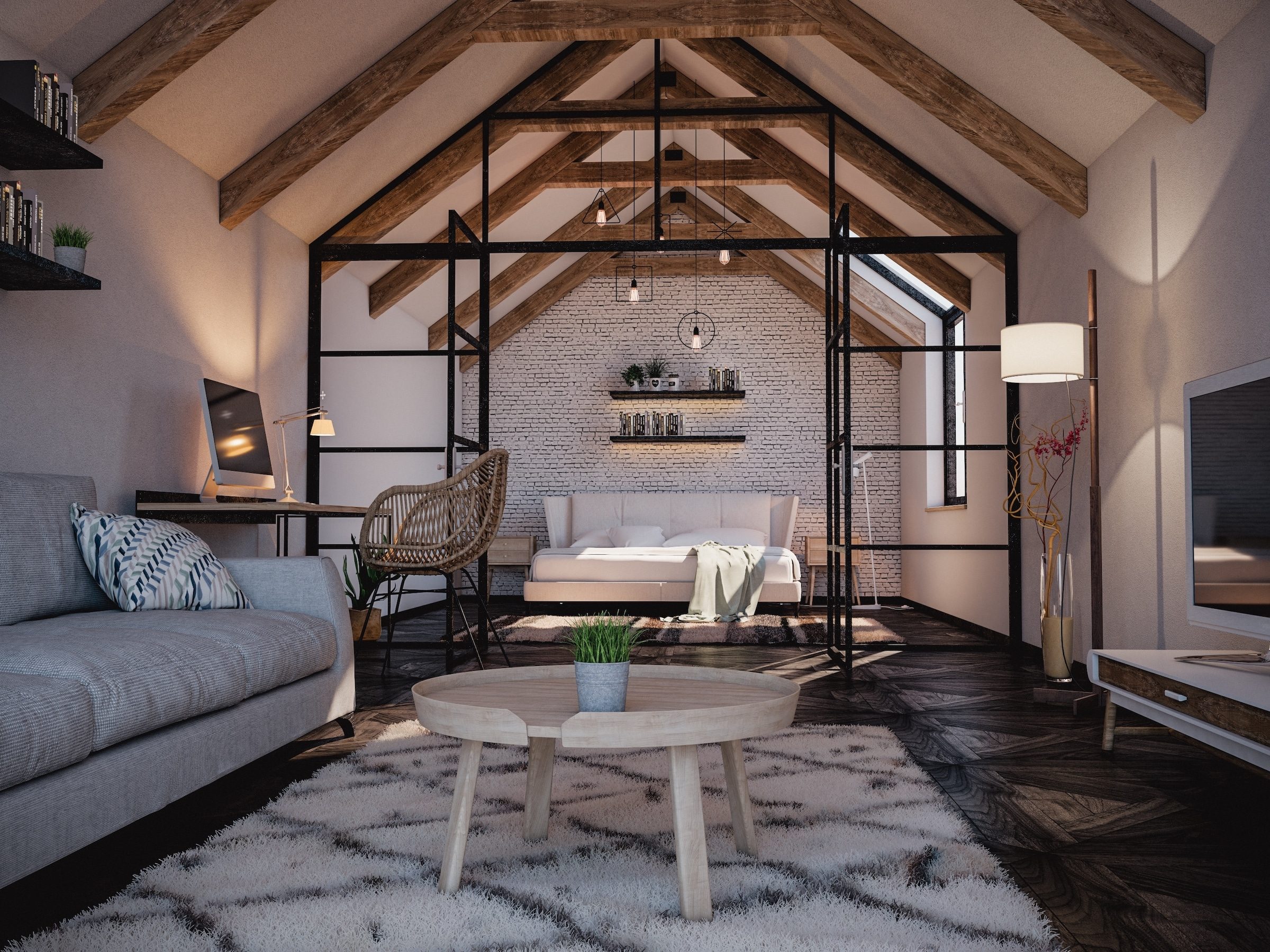
Modern styling, colours and reduced sightlines are very much a feature of modern aluminium doors and windows. As well as this, there’s the growing desire for steel look, heritage, Art-Deco and Scandi style glazing. All these styling and product requirements now come to internal doors. In short, homeowners are now looking to add the same look inside the property. Window and door manufacturers and installers are seeing new sales opportunities, providing internal doors as part of a project or in addition to previous work carried out.
When choosing aluminium internal doors, therefore, you’re looking at new products specifically designed for internal doorways, such as room dividers, partitions or feature screens with or without doors.
What doors are best when choosing internal doors?
Finding the best internal doors depends on many factors, not just styling. Materials matter as they provide different aesthetics, texture and function. We’ve put together some of the best brands in both glass and aluminium doors to help you choose and provide a starting point.
Consider how you’ll use the doors both open and closed. Replacing an old wood door to a room is simpler than deciding on a product to act both as a room divider and a focal feature. For larger openings would you prefer a full set of larger double doors or smaller modules with matching side panels?
Then it’s worth thinking about whether a full framed product or all glass version works best in your home. Both promise quality, long service life and timeless looks.
As you do your research around internal doors the following products are available. Most of these are available with matching side and top panels, opening options, glass, colour and handle choices.
- Hinged single and double doors
- Sliding doors also going into a wall-pocket if needed
- Slide and stack doors
- Pivot Doors
- Folding Doors
Are aluminium internal doors any good?
Whether frameless with minimal aluminium or fully framed, when choosing internal doors, aluminium gives you all the well-known benefits of their external siblings. Choose aluminium and you get these exclusive features:
- Slimmer sightlines than other materials, only steel is slimmer
- The ability to match internal and external glazing
- Bigger door sizes than other materials
- Substantial choice of colours
Why you should use external aluminium doors inside
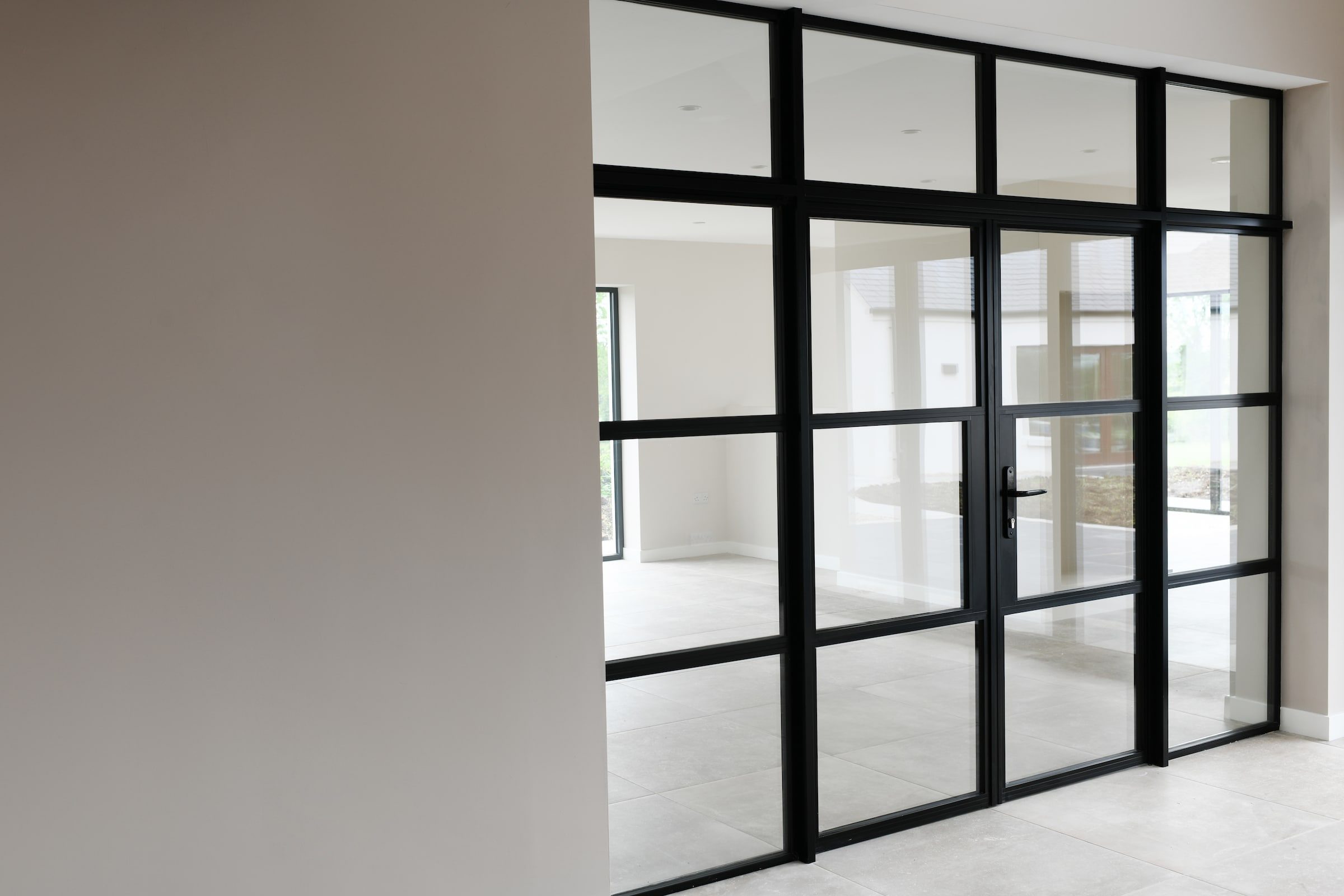
It’s not unusual for good glazing firms to offer the same doors you’d have outside as internal doors. And for some products like internal bifolding doors, some sliding doors, single or French doors, it is the only option available without going to bespoke made and very expensive products. There are also installers that prefer to use the same exterior systems inside for their own business reasons.
When choosing internal doors and looking at the exterior products, you will get some features you might not need. First of all are profiles with thermal insulation, something you won’t need inside. You’ll probably also get the full set of weather seals, brushes, gaskets etc used on outside doors for weather protection – again not essential inside. Double glazed units are another. You’re likely to get the same multi-point locking handles, again not essential inside.
If you want the acoustic benefits of double glass vs single then these exterior products are fine. The added weather sealing also helps keep the doors tighter. The additional locking points aren’t a problem for most users either, with many never locking the doors.
A good installer can help you choose doors with suitable glass, give you the lock and handle options available and even provide hinged doors without any visible threshold. All bifolding and sliding door products can be fitted with a flush track. Our advice here is don’t discount these doors and compare them with their internal counterparts where they exist.
Aluminium vs steel doors. Which is better?

Especially for fully glazed doors and those in the steel look, it’s common to compare the two materials. Whilst you’re getting some similar styling, you’re not getting exactly the same product.
Be careful of terminologies such as Crittall® Look, Crittall Style or Crittall Replacement when choosing internal doors. Only the genuine steel brand or product gives you the look, the style and like-for-like replacement.
Choose an internal door such as the Innervision system in steel, and the differences compared to a similar aluminium product by Aluco, Aluspace or the new Origin OI30 product are obvious.
Steel doors are noticeably slimmer compared to aluminium. When comparing aluminium vs steel doors, you’ll also notice a fully welded construction even with the glazing bars. Aluminium by its very nature is mechanically joined everywhere. So whilst an expert manufacturer will provide a crafted product, visible joints in aluminium are inevitable. You get seamless joints with steel.
Make no mistake, the current range of aluminium products designed in the steel style is excellent as is the styling. However, steel remains the luxury offering, it’s significantly more expensive than aluminium, but also more authentic.
Budget will invariably influence your choice of aluminium or steel for internal doors.
Important technical aspects when choosing internal doors
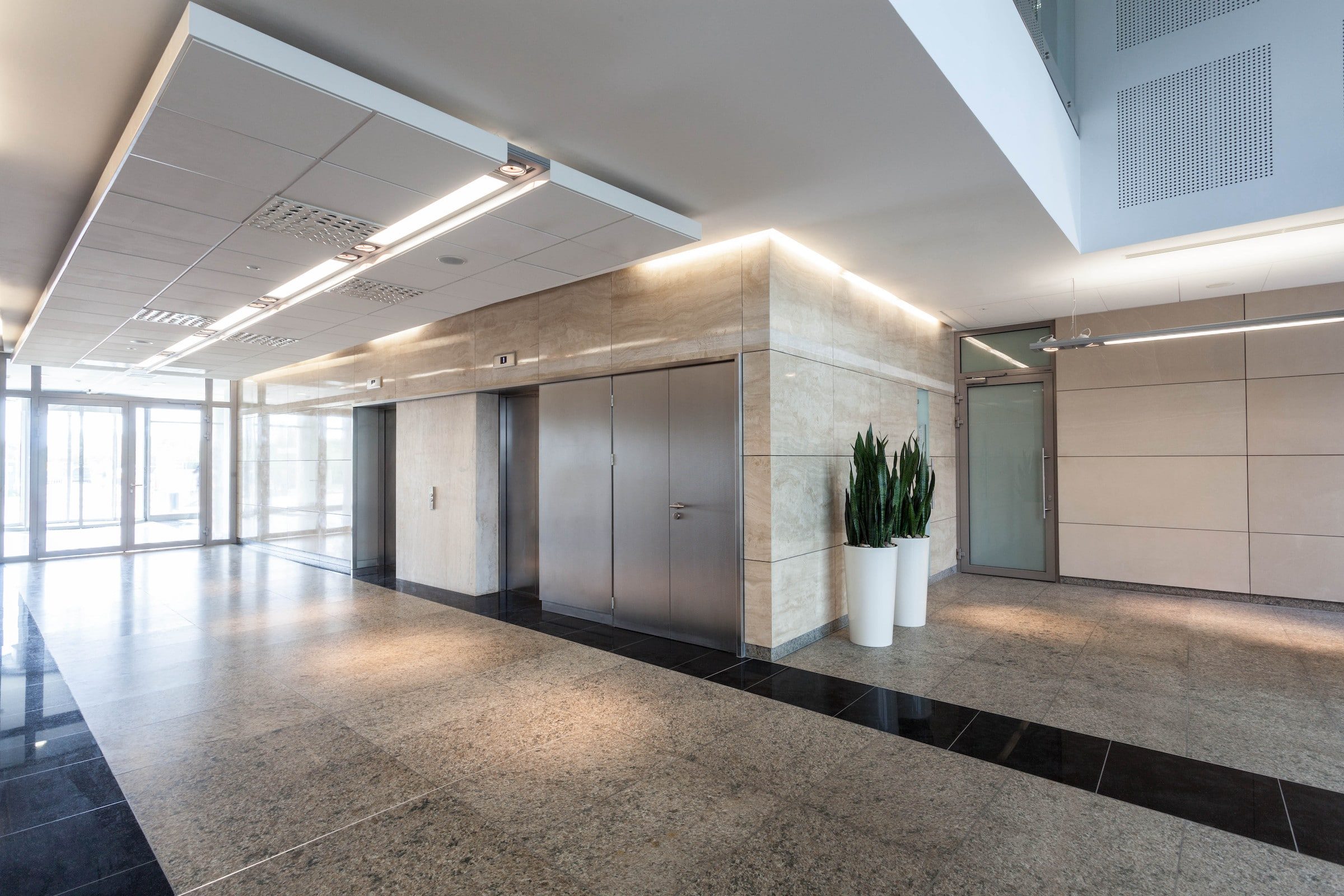
Depending on their location and use, do make sure when choosing internal doors, you’re complying with certain Building Regulations. These can include:
General Safety
There are specific standards regarding glass in doors and nearby areas. Glass in all doors must be toughened or laminated and including side panels and adjacent glazing.
Fire Safety
Where Building Regulations stipulate internal doors with fire protection, you can only have steel. Aluminium has no fire rating. The fire rating depends on whether the doors are on an escape route or form part of building compartmentalisation. Fire doors comprise special glass, sealants, strips and hardware. Never compromise on fire safety.
There are some online websites selling internal doors with a fire rating. Yet, they cover themselves very well, potentially leaving the end-user exposed. They say, that the door is supplied without an FD30 assessment and the customer assumes the responsibility to check with Building Regulations if the door’s characteristics are fulfilling their requirements.
If you need a door with a 30 minute, 60 minute or more fire rating, our recommendation is you don’t buy online and instead go to a professional retailer. And do bear in mind many of these doors are aluminium doors with nothing but fire glass. There are no smoke seals, intumescent strips, suitable fixings and other absolutely essential components that’ll save a life in the event of a fire.
Our advice is broad-based and general only – always consult a professional.
Ventilation
If your internal doors need to contribute to the overall building ventilation, air gaps may be required. Again this is something Building Regulations can advise on for your particular project.
Energy Efficiency
In some circumstances, where internal doors sit between heated and unheated areas (such as a garage), you may need to meet specific U-Values.
Doors in public buildings
If you’re choosing internal or external doors in a conversion to flats, or where doors form part of the main entrance or to a floor, doors must meet the requirements of BS8300 and other standards relating to access to and the use of buildings. This includes doors meeting accessibility requirements and other required functions. Check with your local authority.
Internal doors separating a conservatory
Remember when fitting doors to separate a conservatory that Building Regulations apply. The doors have to comply with Part L of the Building Regulations even though the glazed extension or conservatory won’t.
In these instances, a CERTASS or FENSA registered installer is required.
Quality and specifications with internal doors

Whilst you don’t need to check out performance credentials such as weather protection or external security, it helps to explain what you can expect as a minimum when choosing internal doors.
The good news is, that much of the core component quality you get with exterior glazing is also available internally. This covers aluminium profile quality, the paint finish, hardware quality and the glass.
Aluminium profiles on internal doors
You can expect the same high aluminium profile quality across all products, so there’s no need to pay a huge amount of notice to products marketing ‘premium-grade’ or similar messaging.
All quality systems use the same grade of aluminium, typically extrusions to BS EN 755-9 and BS EN 12020 from 6063 T6 aluminium quality. This grade is for architectural applications, designed with tighter tolerances and has stricter quality control regarding the visible surfaces.
The powder coated finish on internal aluminium doors
Choose a product from one of the major systems and most of these have their own in-house coating plants. Where they don’t, they’ll use highly professional businesses specialising in the powder coating of aluminium. They’ll also be approved and certified as well as members of some of the leading coating quality organisations.
Therefore you can expect professional quality colour application similar, if not the same as, exterior grade glazing and with similar guarantees.
The glass used in your internal doors
Many glass suppliers are either substantial glass processing businesses or long established companies. Glass is subject to strict standards and quality control so you can expect a quality product every time.
Handles and Hardware when choosing internal doors
None of the brands you see for doors unless, they make a bespoke and highly individual product, make their own hardware such as locks, handles and components. All of them will source their handles from suppliers of high quality door furniture and other accessories.
Here you’re again buying products with quality-made components, often meeting their own set of stringent industry standards relating to locks, handles, their coatings, fixings and overall specifications. Your chosen installer will invariably offer the handle range available from their system company or supplier. Some may have the added expertise to
Guarantees you can expect buying internal doors
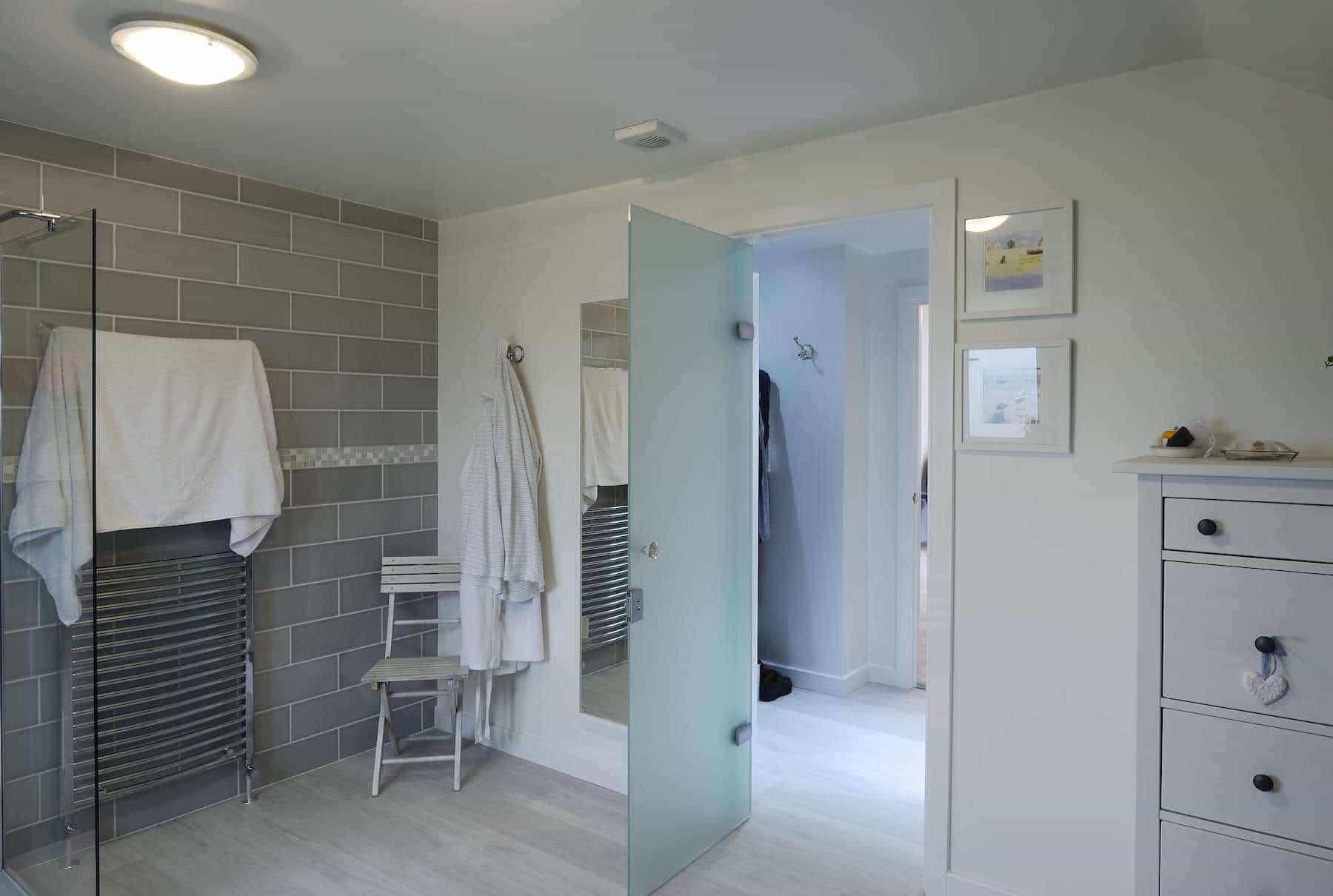
The guarantee you can expect to get on your doors very much depends on the brand, who supplies them and the installer.
Many installers will offer the same ten year guarantee, others only provide five years, some only two. Some will provide manufacturer guarantees, others will simply carry forward whatever warranty comes from the colour coating or glass.
Fully glazed and frameless doors use glass and components from the major suppliers, therefore the warranty you get varies widely.
With varying guarantees available from supplier to supplier, so make sure you get a clear explanation for the entire product, not just the individual elements.
Buying and choosing internal doors online
It’s now easy to find glass, steel-look and industrial style internal doors online. There’s nothing wrong with buying online as long as you know exactly what you’re buying. Before you commit, it’s worth asking your supplier or making sure that you’re actually getting what’s being sold.
Many of the images used for these internal doors are computer generated images. Look at the pictures and compare them with the description. We’ve found several websites where their image shows doors too slim to be true, with no visible hinges and handles that, in some cases, aren’t even possible with that style of door. Then we see pictures of doors with three hinges per side, yet the descriptions state you get two.
Many of these doors are actually pieces of glass with black metal channel pieces applied to the edges and bars stuck to the glass. If you’re happy with this design that’s great, but do bear in mind these are doors with no system company behind the brand, or any brand at all for that matter.
Instead, glass is bought from one supplier, trims from another, hardware from another and a factory puts them together. It’s unlikely you’ll get the certified and professionally applied colour finish and do make absolutely sure the glass is toughened or laminated with the appropriate quality mark visible.
As we say, many customers are perfectly happy with this purchase, if you’re happy to get a significantly inferior product to those designed, tested and bought to market by proper systems companies or independent companies willing to stand behind their product because they design, make, fit and guarantee it.
If you come across such websites, do get in touch if you need more information on these products.
Choosing internal doors – tips and advice
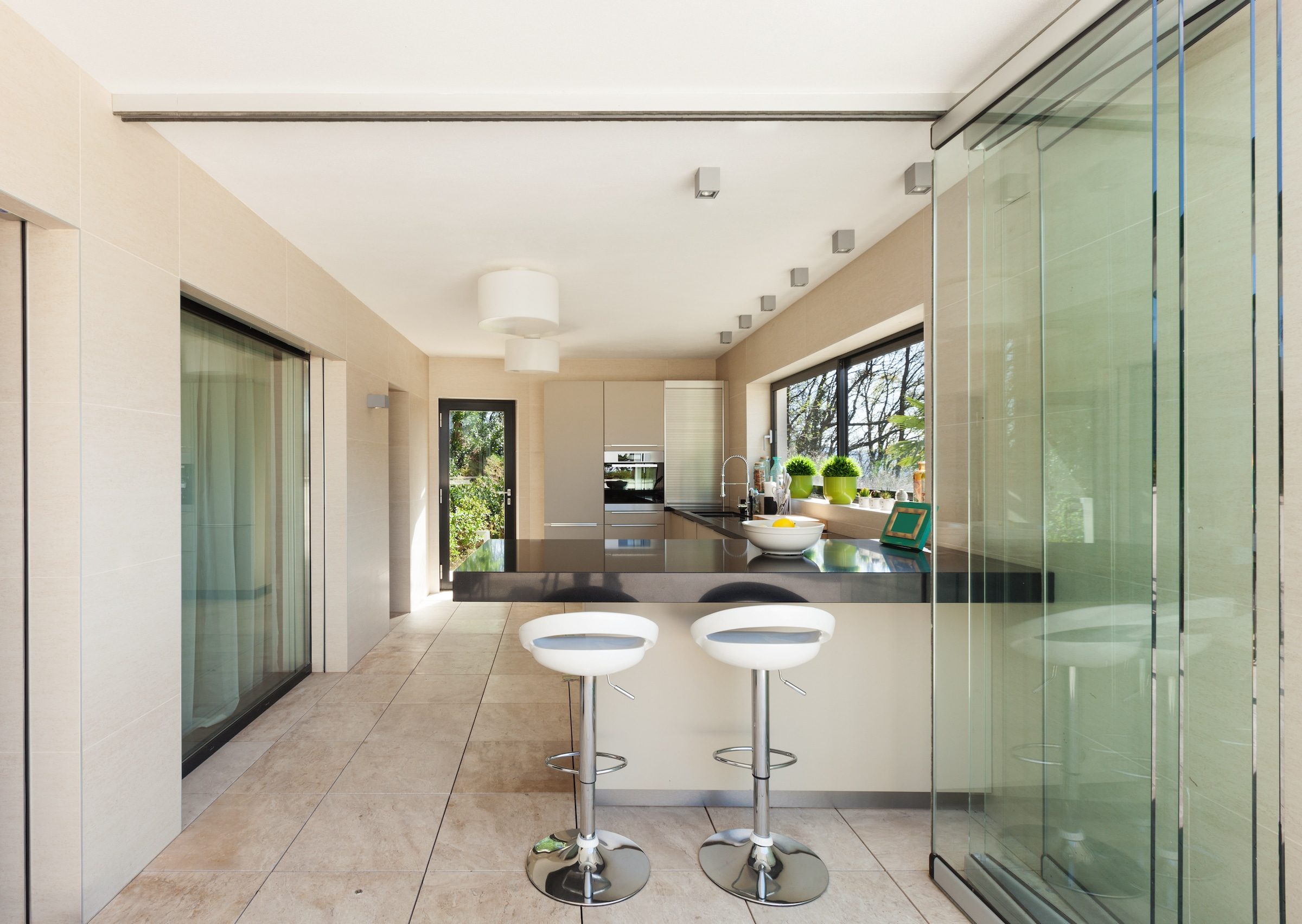
The choice of internal doors is substantial, covering all glass, doors with a bare minimum of visible metal, steel-look and fully framed products.
We’ve not covered styling in this article as the bespoke nature of these products gives you virtually unlimited options. Doors open in or out, slide or fold, stack together, even slide into a wall.
- Remember to adhere to any applicable Building Regulations
- Ensure you get clear information on the warranty provided
- All products meet similar quality specifications for aluminium, glass, hardware and colour finish
- Explore all types of products that’ll give the required look and functionality
- Don’t discount exterior-grade products offered as internal doors
Assuming internal doors meet your budget, you can choose your doors based on styling, features, options and of course, confidence in your chosen supplier or installer.
Providers of these doors vary. Our advice is to go with those with clear expertise in aluminium windows and doors generally. It’s also fine to go with a smaller expert company, designing, making, fitting and guaranteeing their own products. Or you can get in touch with us for more information, product options and where to buy.











